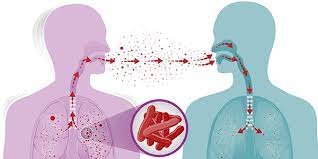Skyrocketing prices of essentials has dealt a heavy blow to the public already struggling to recover from the repercussions of the Covid-induced lockdowns imposed in phases since early 2020. Be it vegetables or food grains, the prices have touched the roof right from taking them out of the farms to reaching the common man’s kitchen. Prices increase manifold by the time it reaches the consumer from the farms via markets, wholesaler and the vendors. As the journey from the farm to the kitchen is costing more by the day, the budget of the common man is continuously shrinking. Punching new holes, households are expected to tighten their belts as the inflation or prices of essentials and non-essentials are expected to rise in the coming months. Broadly a combination of global and local factors — geopolitical developments, crop production, reduction in crude oil production and the resulting price increase and depreciating rupee — are expected to heat up the prices. The heating up of the prices is already happening and will continue to happen. The resulting squeeze on real income is severe, particularly for the poor who spend a large share of their income on food.
Inflation and unemployment have taken centre stage in the political discourse as the Indian economy grapples with multiple challenges in a tumultuous world. The opposition Congress has seized the opportunity to attack the Central government. The party says that inflation and unemployment should be core to politics and people’s issues should be the main topic of public discourse. The Congress has alleged that 5.6 crore Indians have been pushed into abject poverty. In a surprising commentary, RSS Sahkaryavah, Dattatreya Hosabale recently expressed concern over the ever-increasing income inequality, unemployment and poverty as “demon-like challenges” which have to be ended. Hosabale said that even today 200 million people in the country are below the poverty line. The per capita income of 23 crore people of the country is less than Rs 375. He stated that the unemployment rate in the country is 7.6 per cent and four crore people are unemployed.
A recent survey of households by the Reserve Bank of India (RBI) showed that most categories of respondents expect higher inflation for both three months and one year ahead. A larger share of households expects higher prices for all product groups. Overall prices and inflation expectations for the three-month ahead period were generally aligned with food products, non-food products and cost of services, while they were more aligned with non-food products and cost of services for the longer horizon of one year, the survey revealed. In India, the retail inflation rose to 7 per cent in August from 6.71 per cent in July. The RBI on its part is trying to rein in inflation by increasing the repo rate — the rate at which it lends to the banks. The central bank has increased the repo rate by 190 basis points in recent times and the last one was by 50 basis points last month. When in other countries, the prices of petrol and diesel are going down, these are constantly rising in India. The increase in the prices of transport fuels causes a cumulative effect in all sectors.


























